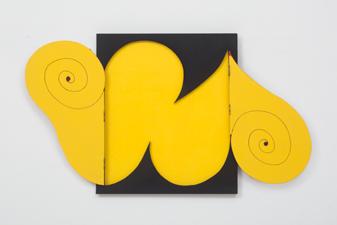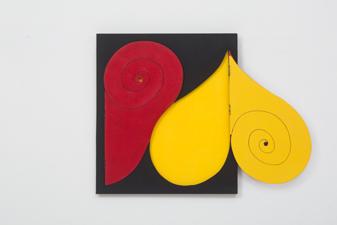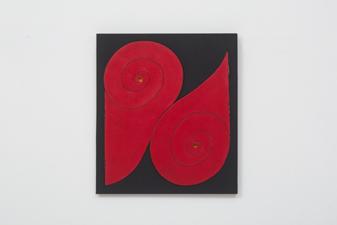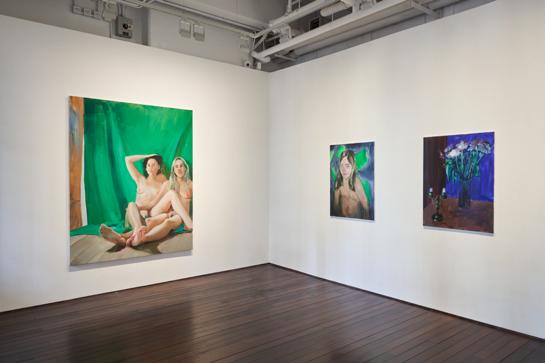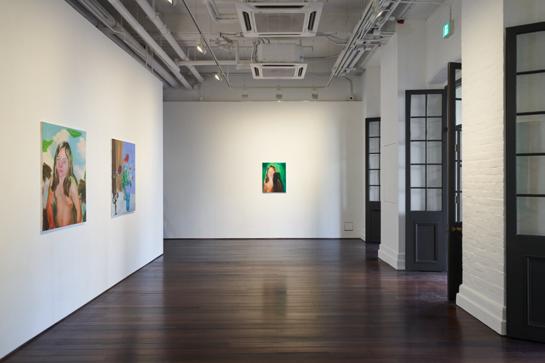
6 minute read
Get Up to Speed with the Hong Kong Art Scene
from ItalianCham Vol. 18
by icchkmacao
This year, Hong Kong is poised to re-emerge as an energetic centre of activity and creativity. The recent lifting of all travel restrictions, the reopening of borders with mainland China, the surge of airline recruitment and the influx of global financial leaders underscore the city’s current level of resiliency and excitement.

Advertisement
Despite the pandemic-related difficulties of the past few years, Hong Kong’s art galleries not only remained open but also continued to expand and flourish, demonstrating the city’s remarkable strength and adaptability. Of note, since January 2021,
In 2021, the much-anticipated museum M+, which was designed by Herzog & de Meuron, opened in the West Kowloon Cultural District with critically acclaimed exhibitions. Amongst them there was a presentation of Chinese contemporary art from the Sigg Collection, as well as the monumental work Asian Field (2003) by the British sculptor Sir Antony Gormley and several new commissions. The museum also recently unveiled Yayoi Kusama: 1945 to Now, the renowned Japanese artist’s most comprehensive retrospective to date. This year, M+’s neighbour, the longawaited Hong Kong Palace Museum, which showcases historical Chinese treasures from Beijing and beyond, opened in the district, too. Its presence has enabled a powerful cultural dialogue between the ancient and the contemporary.
Along with the burgeoning gallery scene, Hong Kong’s overall art community is likewise on the cusp of reintegrating into the global scene. In addition to enjoying financial market liquidity and a duty-free policy, the city has recently begun to accommodate new worldclass museums alongside its existing influential auction houses and wide-ranging galleries. At the same time, it has managed to nurture the continued growth of non-profit cultural organisations and independent art spaces. Below are some highlights from the past few years and a peek at what’s on the horizon.
Another sizeable institution, the long-standing Hong Kong Museum of Art, reopened in late 2019, after years of expansion and renovation. In its reworked spaces, the museum continues to showcase diverse programmes and exhibitions whose subjects range from local contemporary art to Chinese and Western historical masterpieces. And in the coming months, the Hong Kong government will launch the East Kowloon Cultural Centre, an experimental arts and digital technology complex.
In terms of more moderately sized, but equally significant art spaces, Tai Kwun Contemporary presented a solo exhibition of Swiss visual artist Pipilotti Rist in 2022, whilst Para Site launched several memorable exhibitions as well as a series of Paid Studio Visits designed to support local emerging artists. Independent art spaces, such as Current Plans, Feyerabend, RNH Space and more, also continued to bloom in different corners of the city, connecting local talent and curators through vanguard programmes in various formats.
Looking ahead, in March, two major art fairs will be held once again at the Hong Kong Convention and Exhibition Centre (HKCEC). Art Basel Hong Kong will stage its largest edition since 2019, with the participation of more than 170 of the world’s leading galleries, and bring back all special projects, such as Encounters, Film, Kabinett and Conversations. Art Central, on the other hand, will continue to attract innovative galleries across Asia and focus on the next generation of young talent from the immediate area and beyond. Several international collectors, curators and directors of museums have already confirmed their attendance.
On a personal note, Rossi & Rossi will showcase a solo presentation of renowned artist Rasheed Araeen (b. 1935) at Art Basel Hong Kong. Widely recognised as the father of minimalistic sculpture in 1960s Britain, Araeen has profoundly challenged Eurocentrism within the British art establishment. He has also championed the philosophy of egality, both in his artworks and the various activist roles he has assumed since the 1970s.
Also in March, we are excited to be presenting the first survey of Indian-born Singaporean artist Shubigi Rao (b. 1975) at our gallery in Wong Chuk Hang. Selected to represent her country at the 59th Venice Biennale in 2022, Rao is known for her long-term, multidisciplinary projects. With a keen interest in investigating different forms and disciplines of knowledge – both human and nonhuman in origin – she created installations, films, drawings and publications that encompass and archive the broad spectrum of such knowledge, including its evolution and conservatorship.
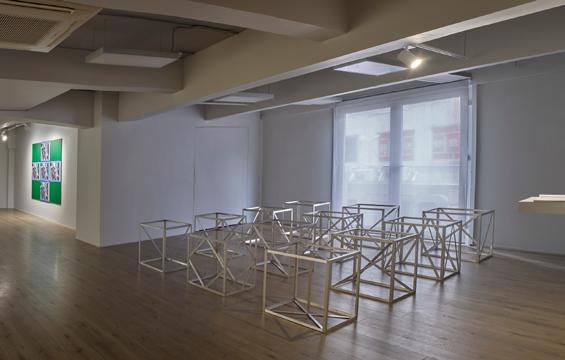
In May, the gallery will host the second solo exhibition of Italian artist Elisa Sighicelli (b. 1968), who is best known for her experimental approach to the medium of photography. The artist probes into the materiality of photos and their effect on our way of seeing. Merging with materials that have different tactile properties and textures, her photographs analyse the ways in which reality reflects itself and, oftentimes, appears to be made from the very substance it represents. In a world saturated with virtual images, Sighicelli sets out to restore the palpable, tangible existence of pictures in a physical space.
The entire Hong Kong art community is closely collaborating to create a spectacular calendar of events in response to the growing momentum for March and beyond. Join
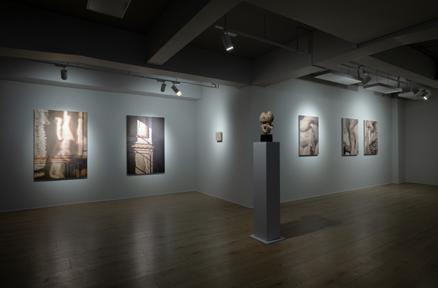
The Italian Cultural Institute in Hong Kong is delighted to present a solo showing of Katsumi Nakai’s works in collaboration with Novalis Art Design during Art Central 2023. An exhibition of the Japanese artist Katsumi Nakai, who had spent more than 30 years of his life between the 1960s and the 1990s in Milan, was one of Stefano Fossati’s first projects upon his arrival in Osaka in 2014 when he was the
Nakai’s multicoloured wooden “openings” reflect what was the open-mindedness, curiosity and sensitivity of this artist who had chosen Milan to pursue his artistic research, in close contact with Italian artistic circles, but without forgetting his own origins.
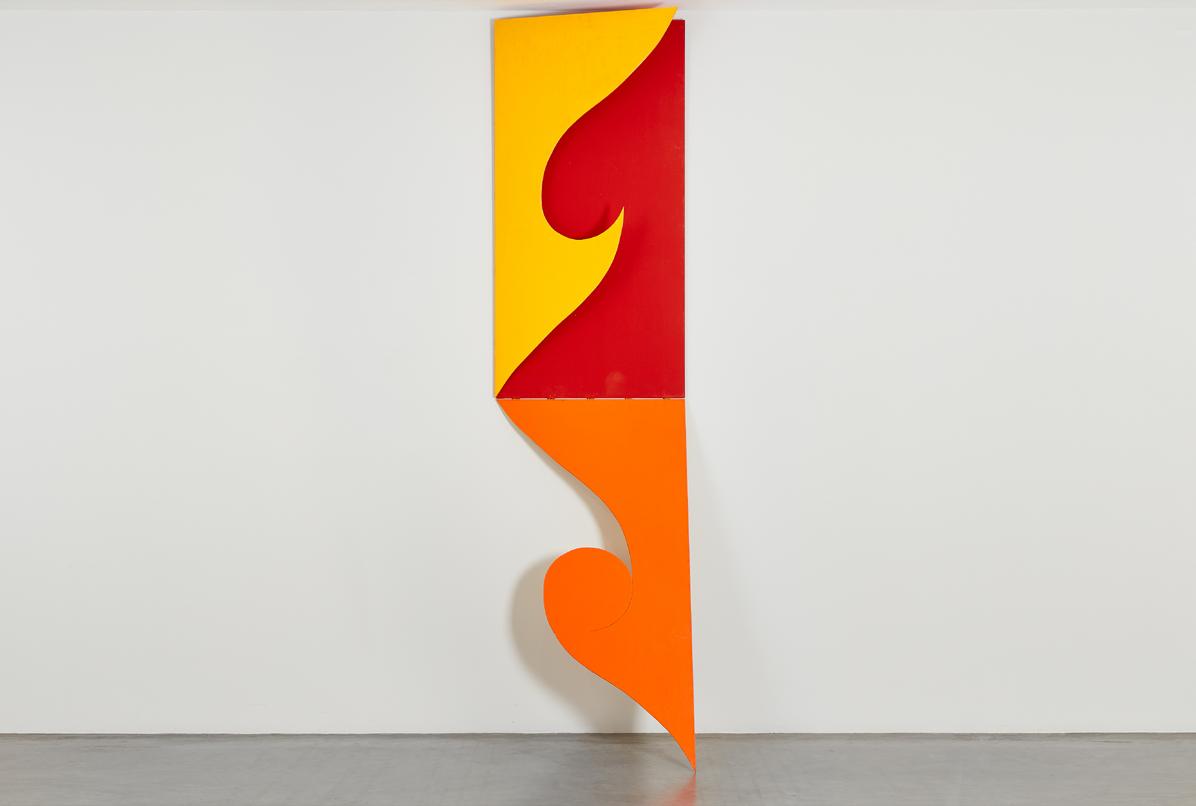
The Italian Cultural Institute in Hong Kong is pleased, now, to be able to inaugurate his exhibition in Hong Kong to remember this artist who represents a relevant moment of the cultural bridge between Italy and Japan. Apart from the presentation at Novalis Art Design’s booth at Art Central (22 – 25 March 2023 at Hong Kong Convention and Exhibition Centre), there will be a solo exhibition at Novalis Art Design gallery on Hollywood Road starting 31 March 2023 for one month.
The Origin
‘Changes of shape, new forms, are the theme which my spirit impels me now to recite.’ These are the opening words to Ovid’s Metamorphoses, an epic poem celebrating form as a symptom of change. Nothing remains the same in this narrative where animate and inanimate beings are all subject to interrogation and subversion. The compulsion to change shape, look for new forms and engender a process of transformation which Ovid explores in his Metamorphoses, can be usefully applied to the work of Japanese artist Katsumi Nakai. Metamorphoses represents a formal strategy for Nakai, whose multi-faceted compositions give rise to striking changes in appearance and make it possible for a monochrome painting to exist side-byside with a shaped canvas. In their composite form, Nakai’s works speak to diverging discourses, calling to mind, both Eastern and Western art historical traditions.
In 1964, Nakai left his native Japan to embark on a modernday Grand Tour of sorts. From London to Paris passing through Italy, Nakai longed to see and study first hand the art he had come to know through reproductions. Once he arrived in Milan, however, things took an unexpected turn and instead of catching a passing glimpse of the local art scene, Nakai made it his permanent home for the next thirty years.
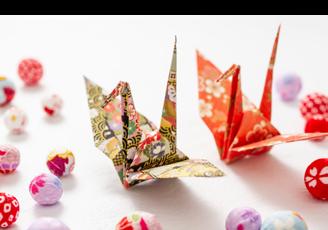
The Progression
Nakai expanded the parameters of painting, from a flat surface to a multi-dimensional one. Like a treasure chest, this body of work opened to reveal a hidden core. Undermining the perceived purity of monochromatic painting, Nakai was also wresting form from the narrow confines of wall-based works. Nakai yearned for a state of perennial flux with this body of work, which was subject to constant change. Relying on a set of tensions, including repetition and variation, process and reduction, multiplicity and expansion, Nakai pursued the progression from painting to sculpture.
The hinge as a metaphor and a structural component is central to Nakai’s work. The verb hinge means to hang or more colloquially it hints at a decision-making moment. As such the hinge has a power to support, resolve and unite. It is precisely within this framework that Nakai turns to the hinge, which becomes the most recurrent motif in his work. Off the shelf of the local hardware store, Nakai’s hinges were meant to hold and support the disparate elements of his wooden constructions; they concealed and revealed the works inner and outer forms. The hinge turned what from the outside looked like a monochromatic work into an expandable and multi-formed construction.
In the early 1960s, Italy had overcome the destructive force of World War II, and was experiencing a period of accelerated industrial development, commonly known as the ‘economic miracle.’ The general enthusiasm for the improved living and working conditions engendered by the economic miracle was matched by a thirst for experimentation in the fields of art and design with Milan acting as one of its main hubs. Lured by this dynamic landscape, Nakai developed a lexicon of forms and colours which spoke to recent developments in Italian art while also starkly departing from them. His work was, in fact, moved by the propulsion to extend beyond the flat canvas as envisioned by Lucio Fontana with his Concetti Spaziali (Spatial Concepts), while also nodding to the tradition of Japanese origami.
Nakai never sought to tease out the contemporary commodification of colour, and yet he awarded it a primary place in his work, by recognizing its contemporaneity and urbanity. Colour, for Nakai, represented the literal and metaphorical hinge between the flat expanse of a monochrome canvas, and the multi-faceted planes of a ‘shaped canvas.’ From pink to bright yellow, colour could not be tamed. However, by closing the shutters on the works, multi-coloured and irregularly shaped compositions could be turned into flat, self-contained and monochromatic paintings, engendering the first of many metamorphosis.
